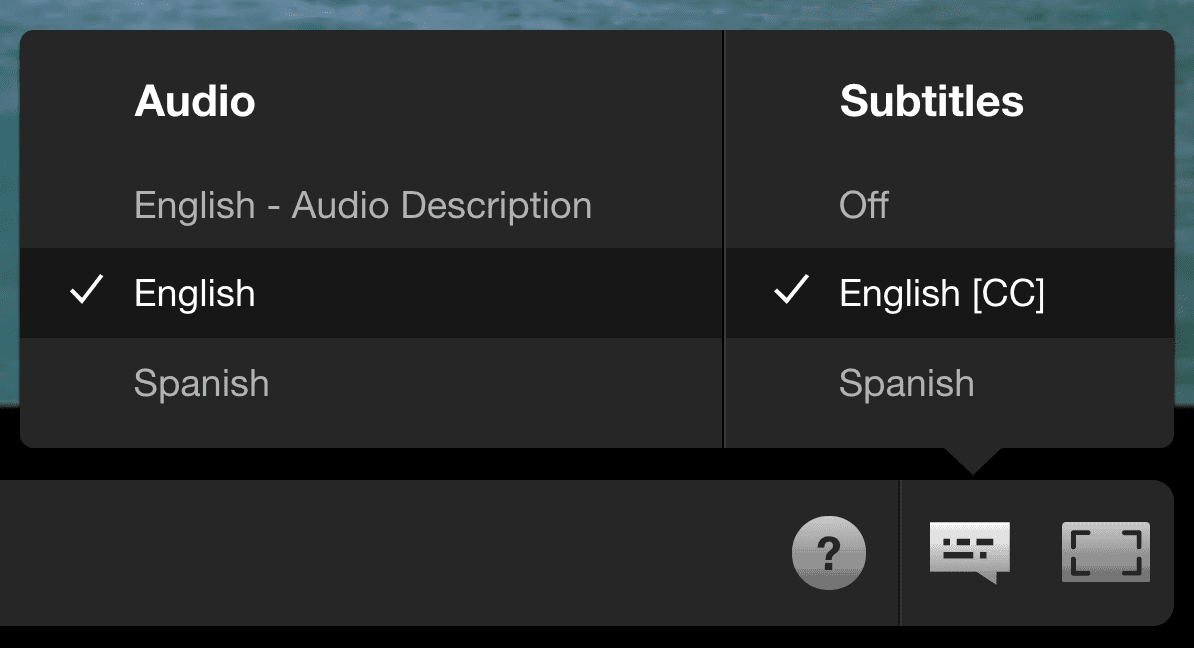


#Subtitles vs closed captions tv#
The French Chef starring Julia Child was the first regularly-captioned tv show on PBS starting in 1972. This decade is when television became more popular, however, CC wasn’t a staple in TV until the 1970s. A 1951 propaganda film became the first American film to utilize this approach to CC. Shortly after, a new way for CC emerged out of Belgium where the captions were etched onto the finished film. However, his CC technique did not take off because accessibility wasn’t a priority in the industry at the time. Emerson was a Charlie Chaplin impersonator in the 1920s. The first type of closed captioning (CC) in a film was pioneered by deaf Cuban-American silent film actor Emerson Romero in 1947. However, at that time they were known as “Intertitles” and were shown between scenes in highly-stylized form. Translated subtitles cards were shown to German audiences above or beside the stage so the opera would be understood. Subtitles provide a translation for viewers who don’t understand the language being spoken.Ī form of subtitles dates back to Italian operas in the early 1900s. What is the difference between subtitles and closed captioning (CC)? Captions are a transcription of dialogue used to help viewers who cannot hear audio. If you need any help with implementing voice over, captions or subtitles into your video content, please contact us.While captions and subtitles were originally created for the deaf and for those who don’t understand a language, their popularity has skyrocketed for additional reasons over the years. The key is to determine the best choice for your intended audience and the most effective way of delivering your message in a compelling manner. There is no right or wrong answer and either choice is a good solution. In addition, this aspect can make it harder to distinguish between dialogue and non-verbal audio. One potential downside of closed captions is the increased presence of on-screen text which can make it more difficult to take in the message of your footage. That being said, if your video does not contain any important, non-verbal information, then subtitles may provide a ‘cleaner’ experience for viewers. This is a common occurrence in the age of social media where people watch videos in silence on public transport and other settings.Īgain, if non-verbal information needs conveying, closed captions will provide this for viewers, while subtitles will not. You may also want to choose closed captions if you expect people will watch your video with the audio turned off.


The most important consideration is to decide whether you are catering for hard-of-hearing audiences because closed captions may be the more suitable choice if there is important, non-verbal information in your video.Ĭlosed captions communicate this information while subtitles don’t and it is important to consider this when choosing your method of translating your videos. This depends on who you expect to view your video content and how you expect them to view it. Closed captions or subtitles: Which is better?


 0 kommentar(er)
0 kommentar(er)
